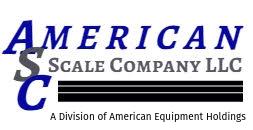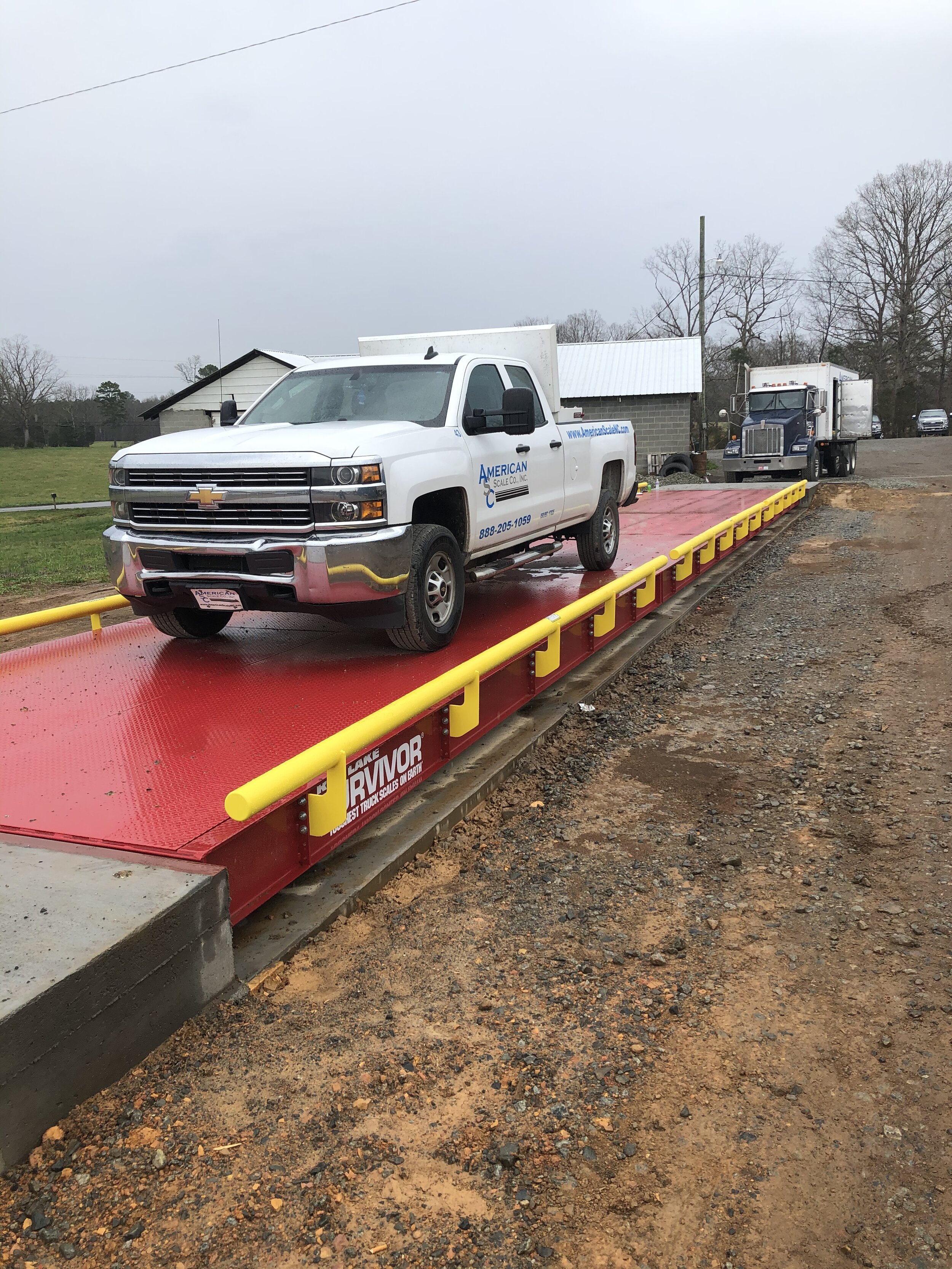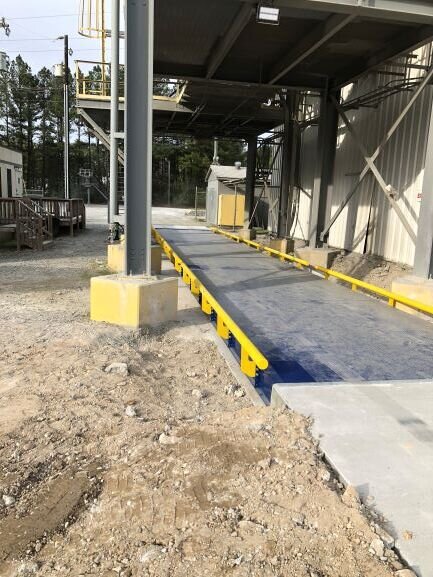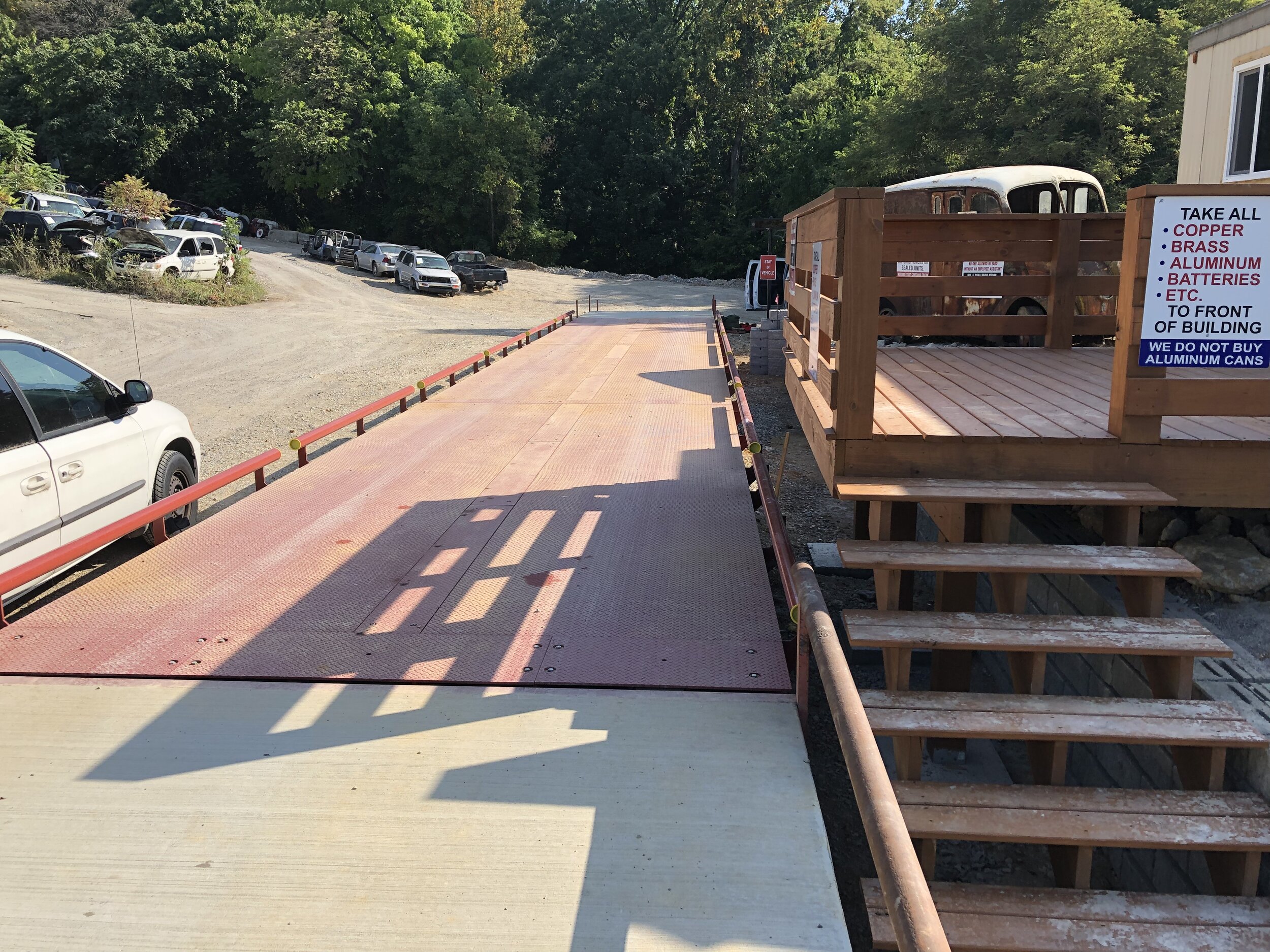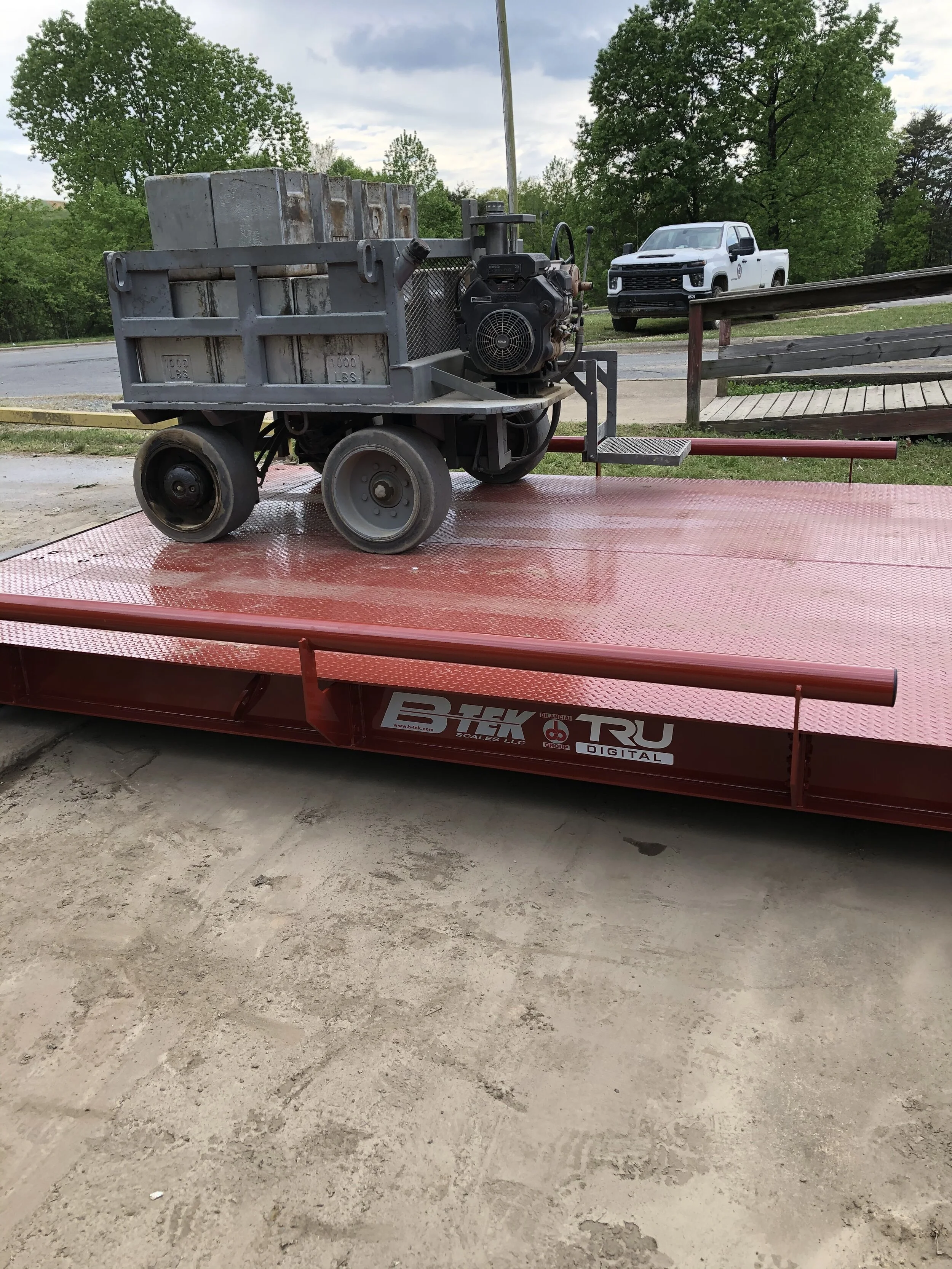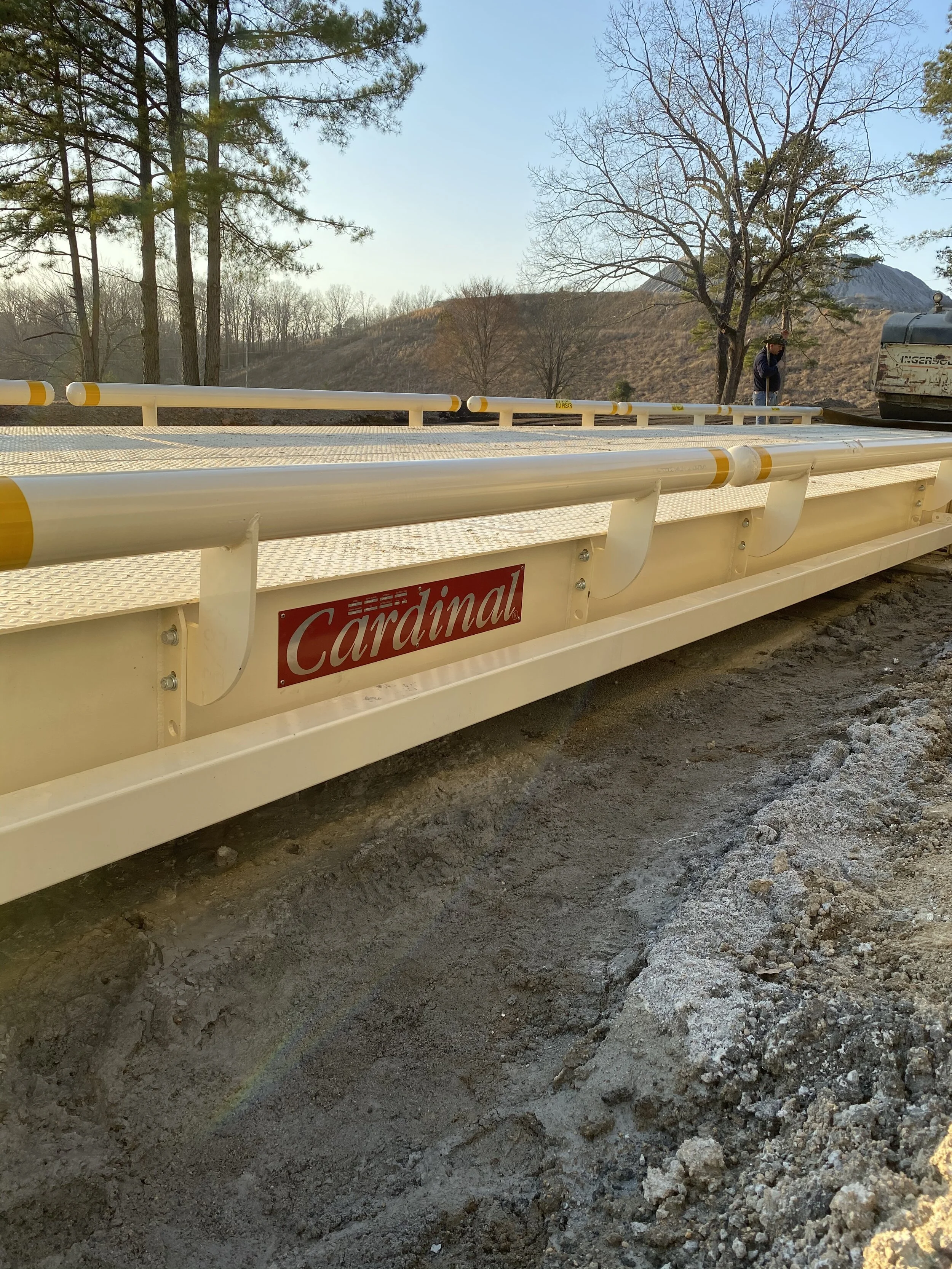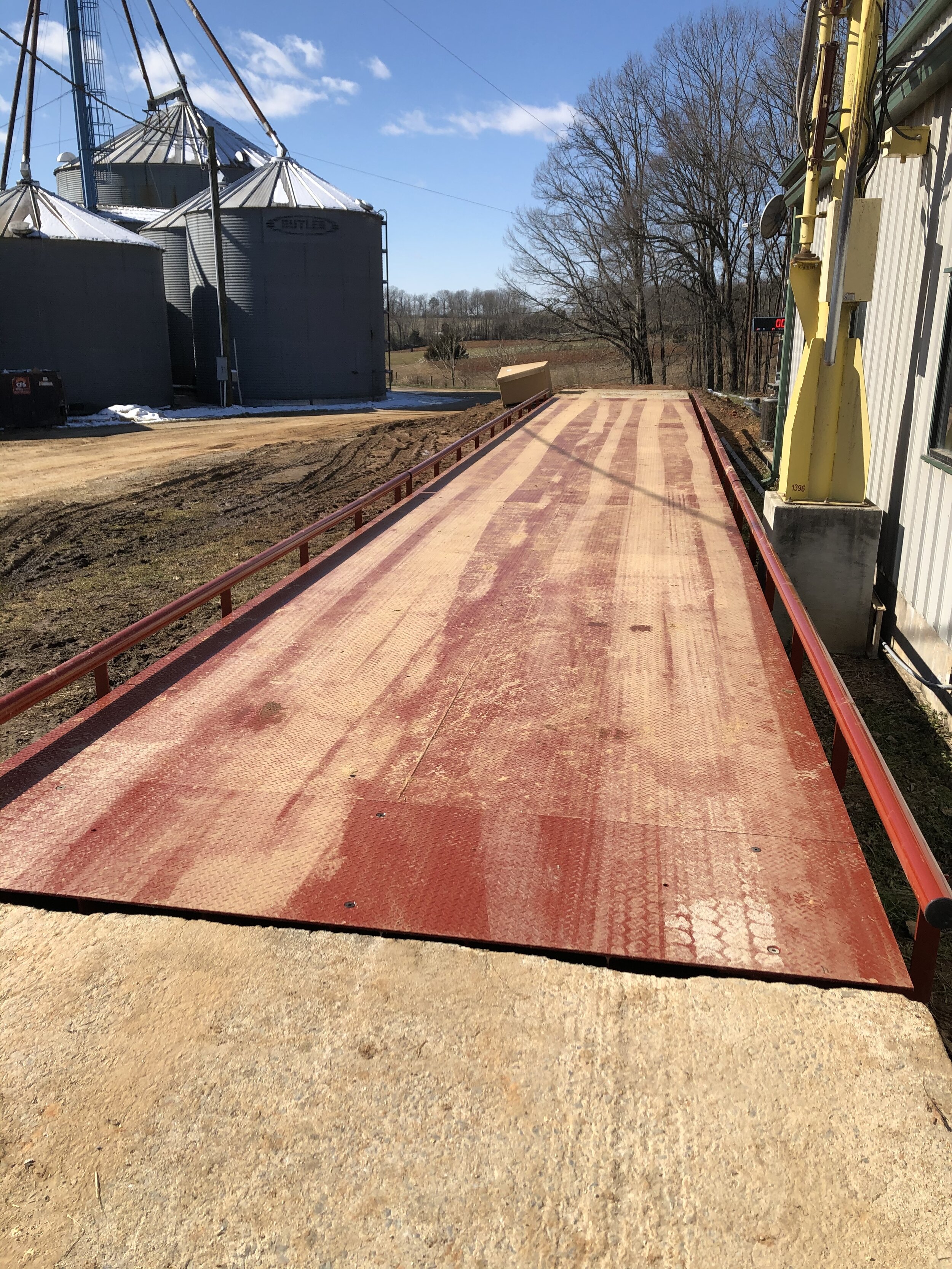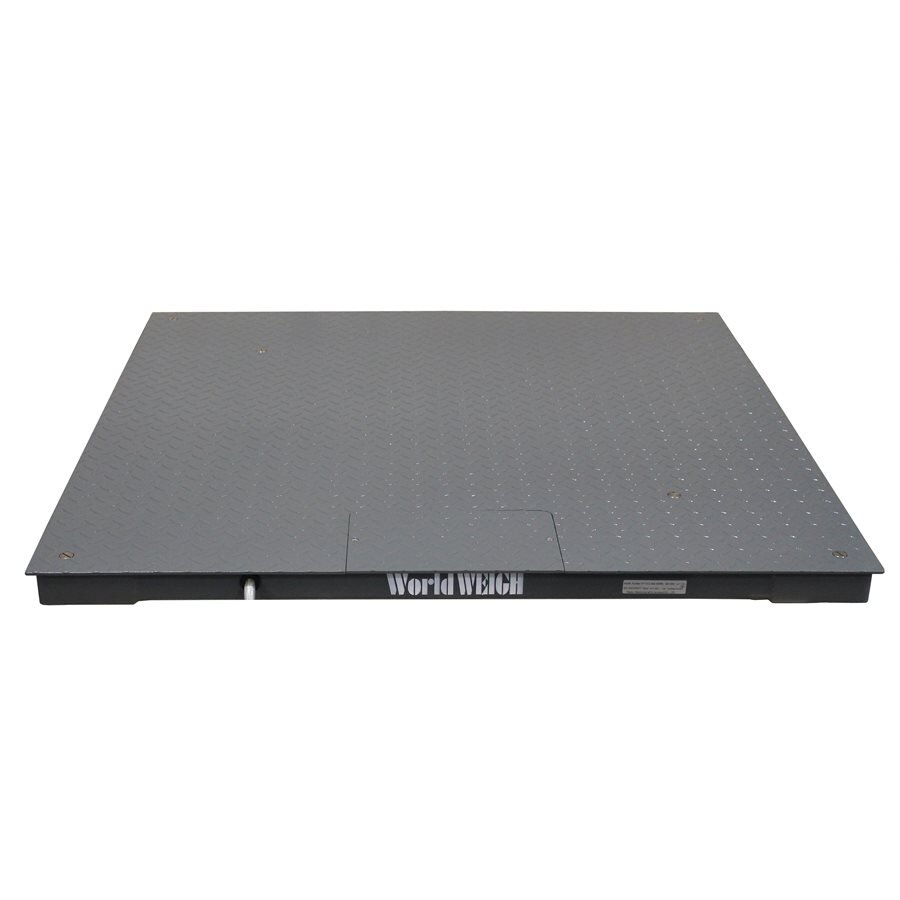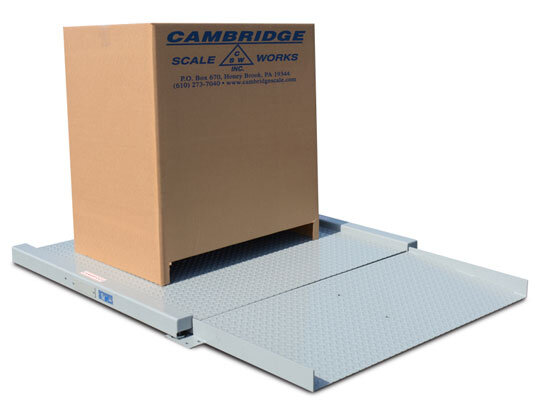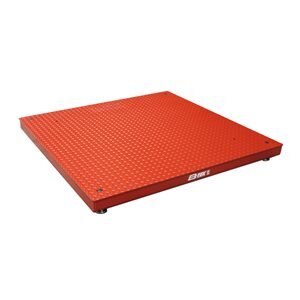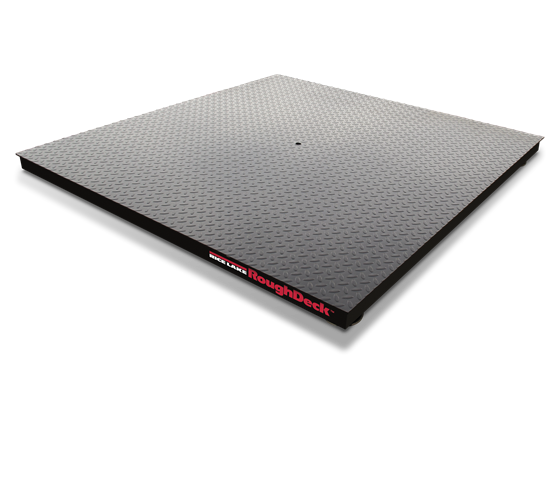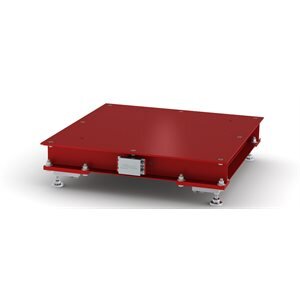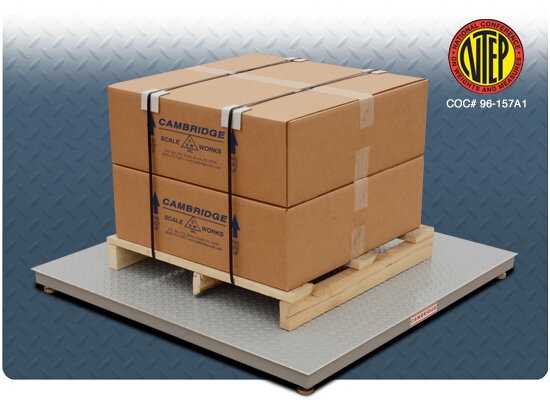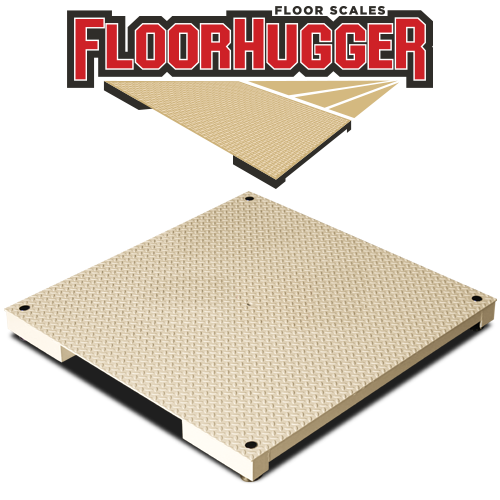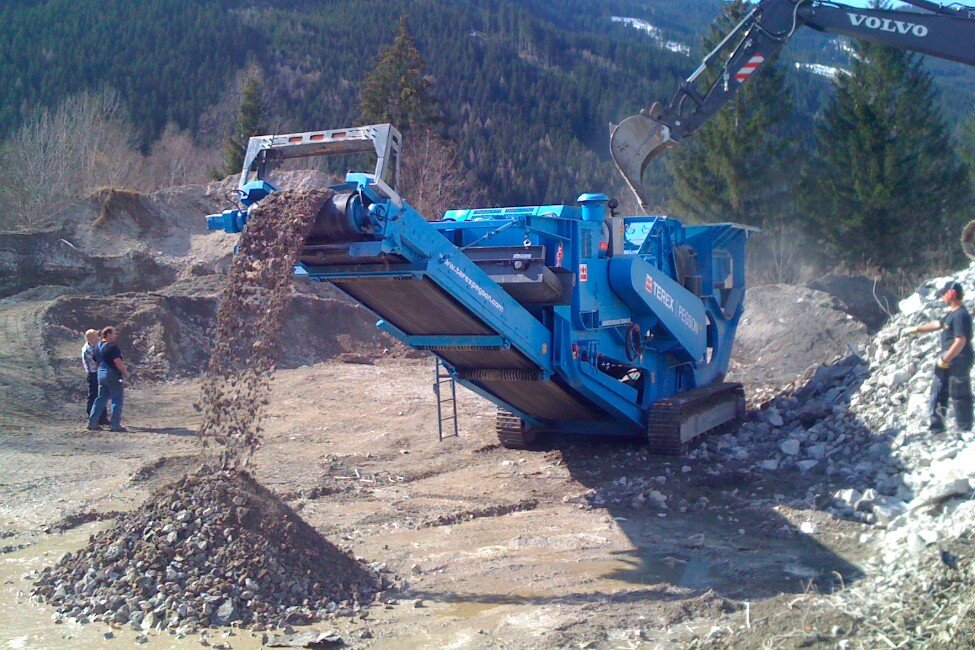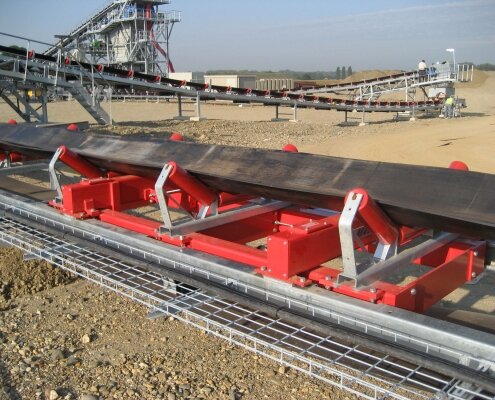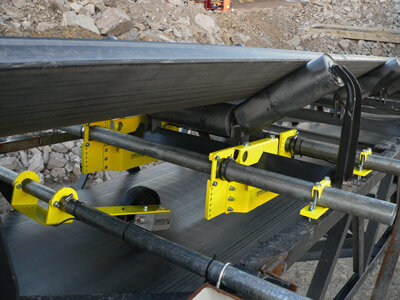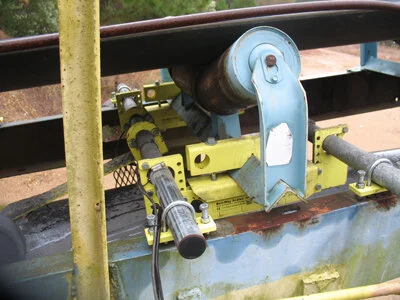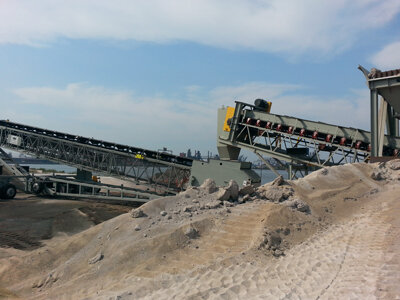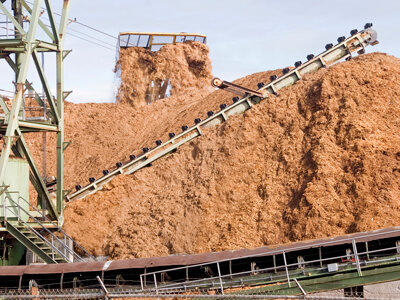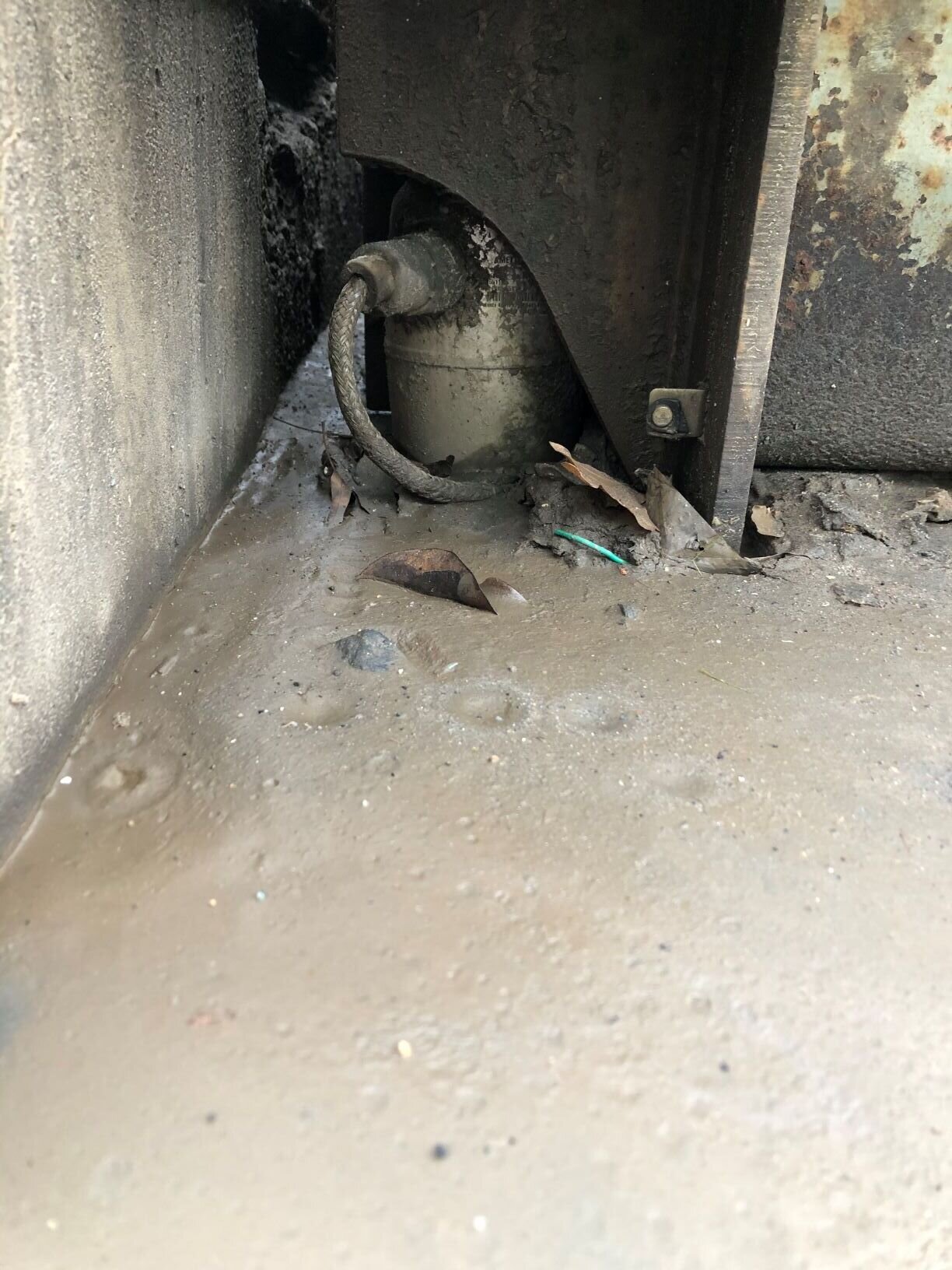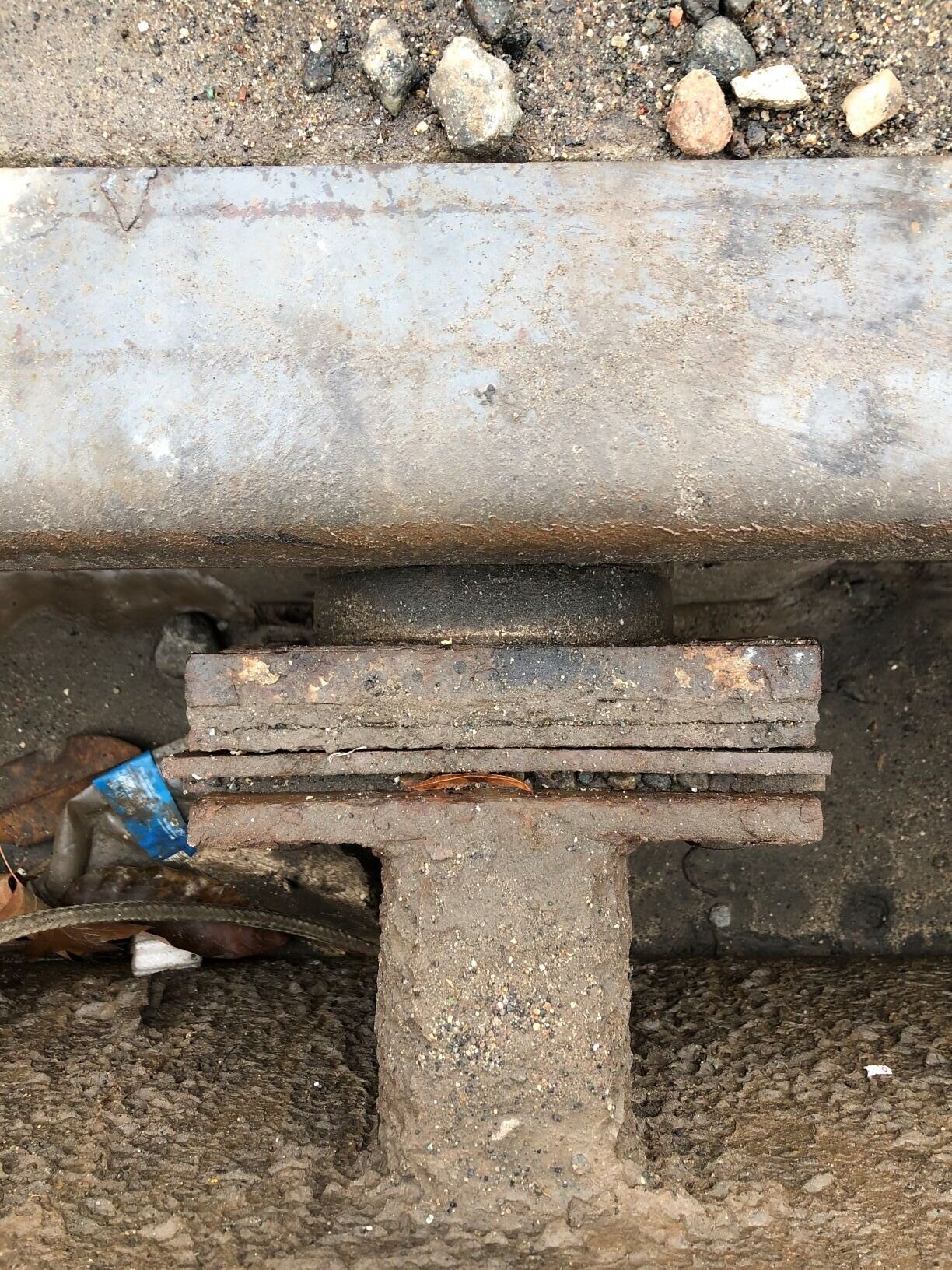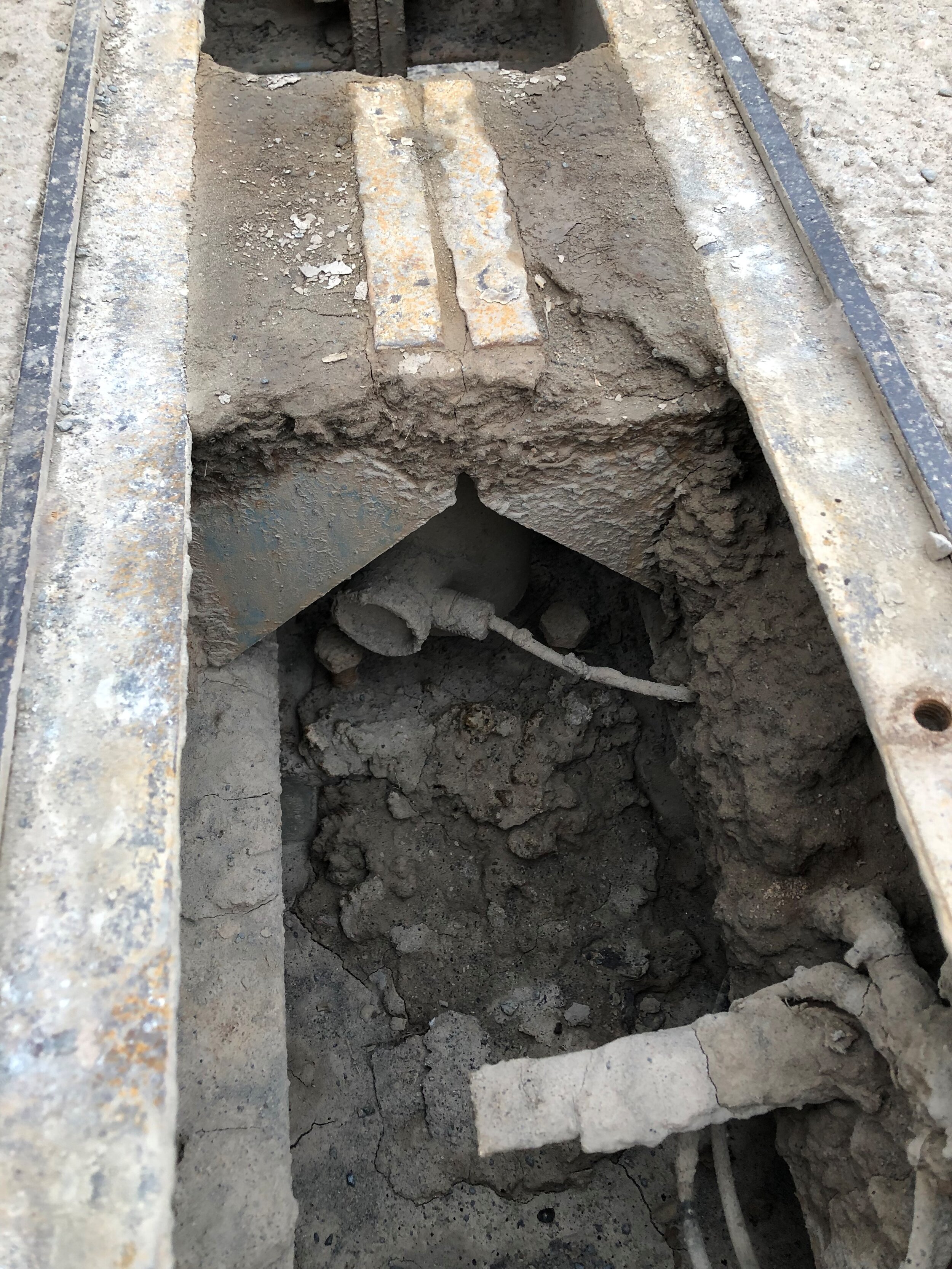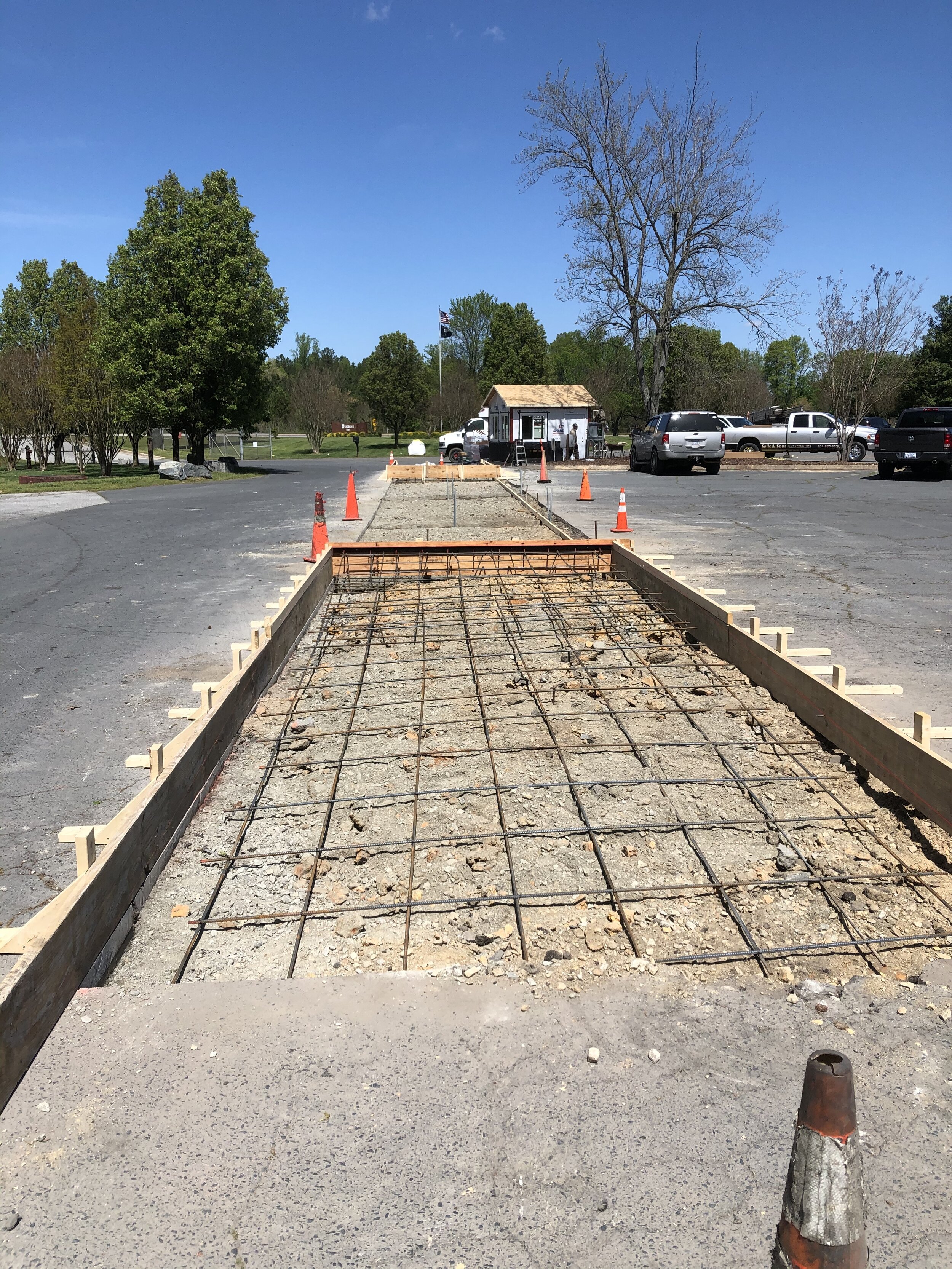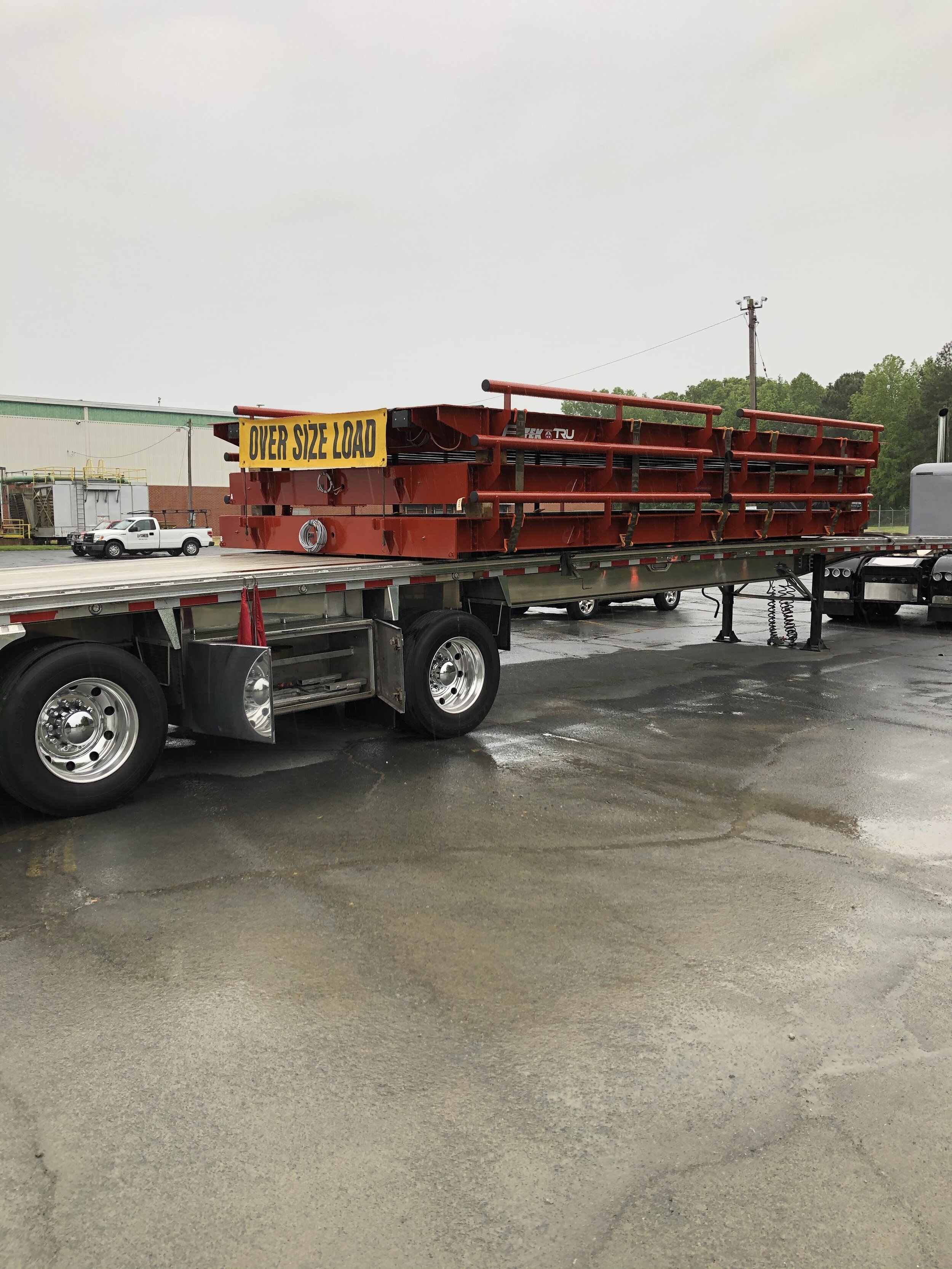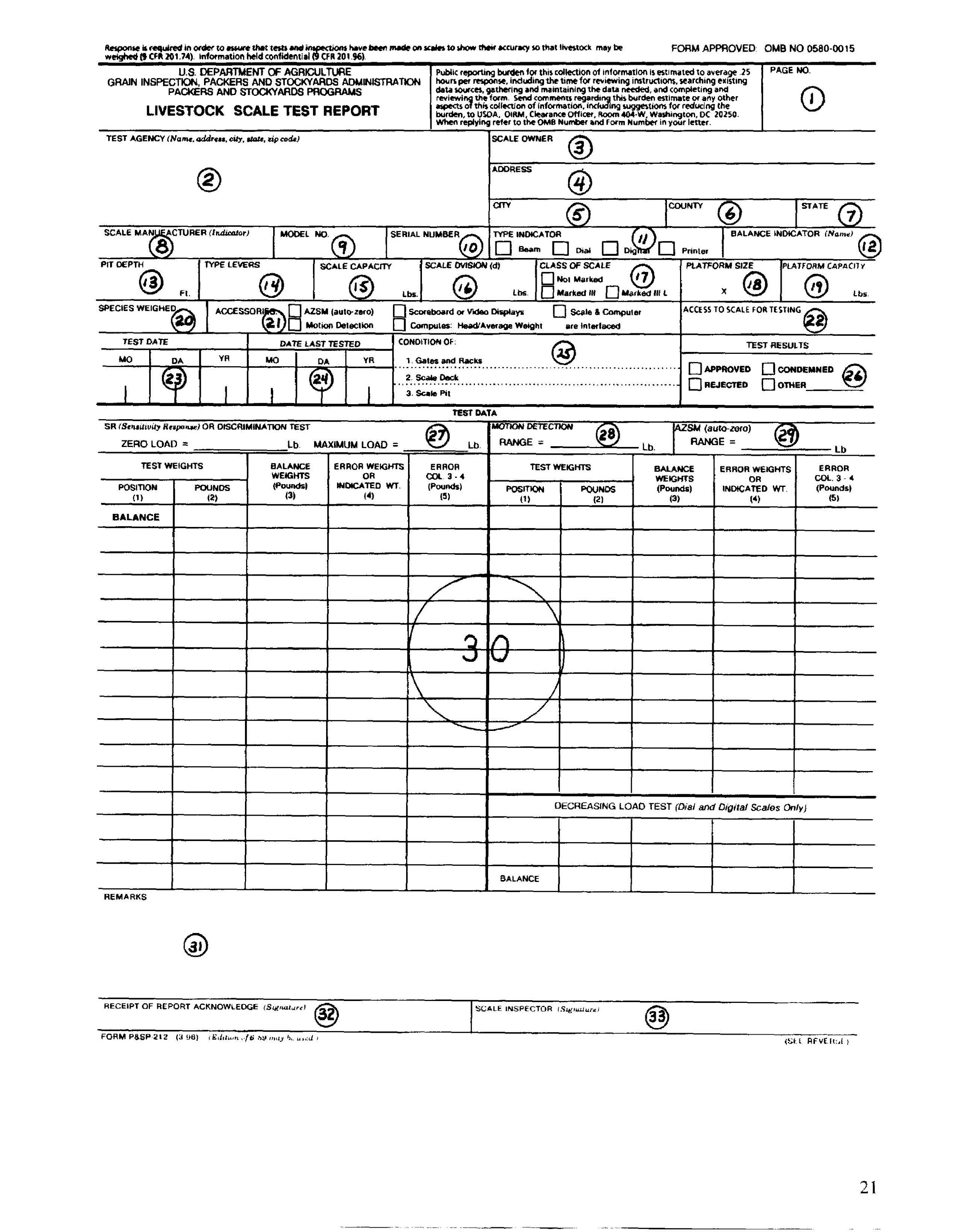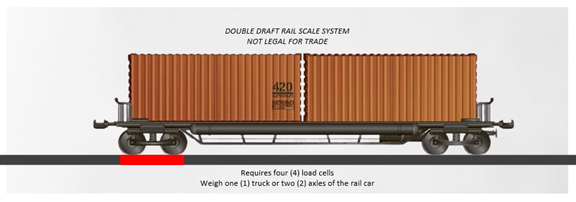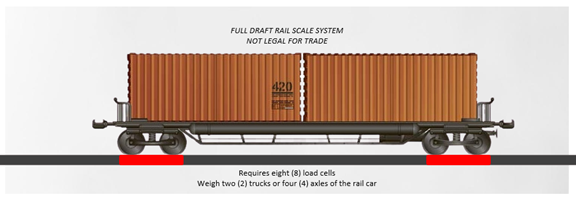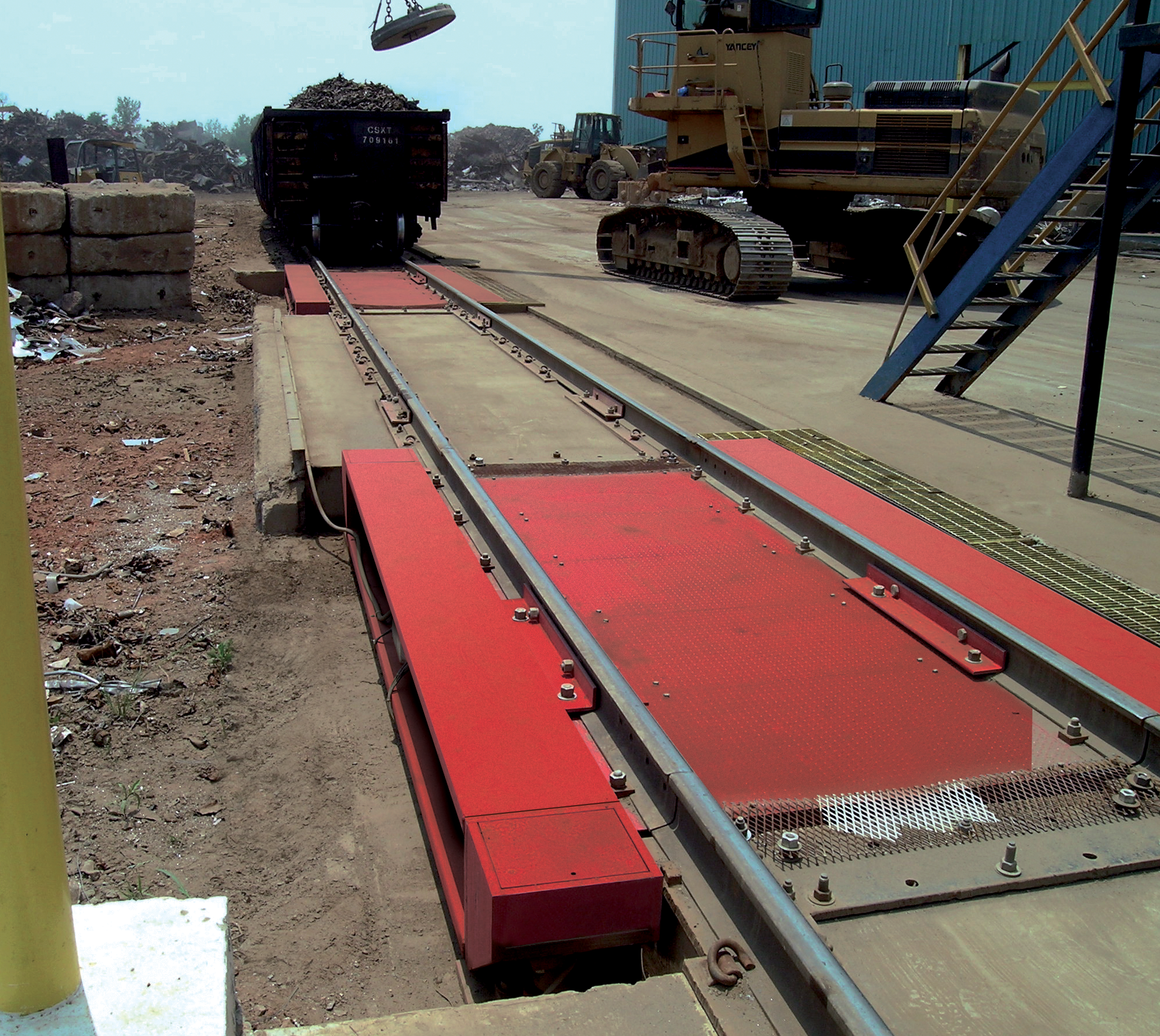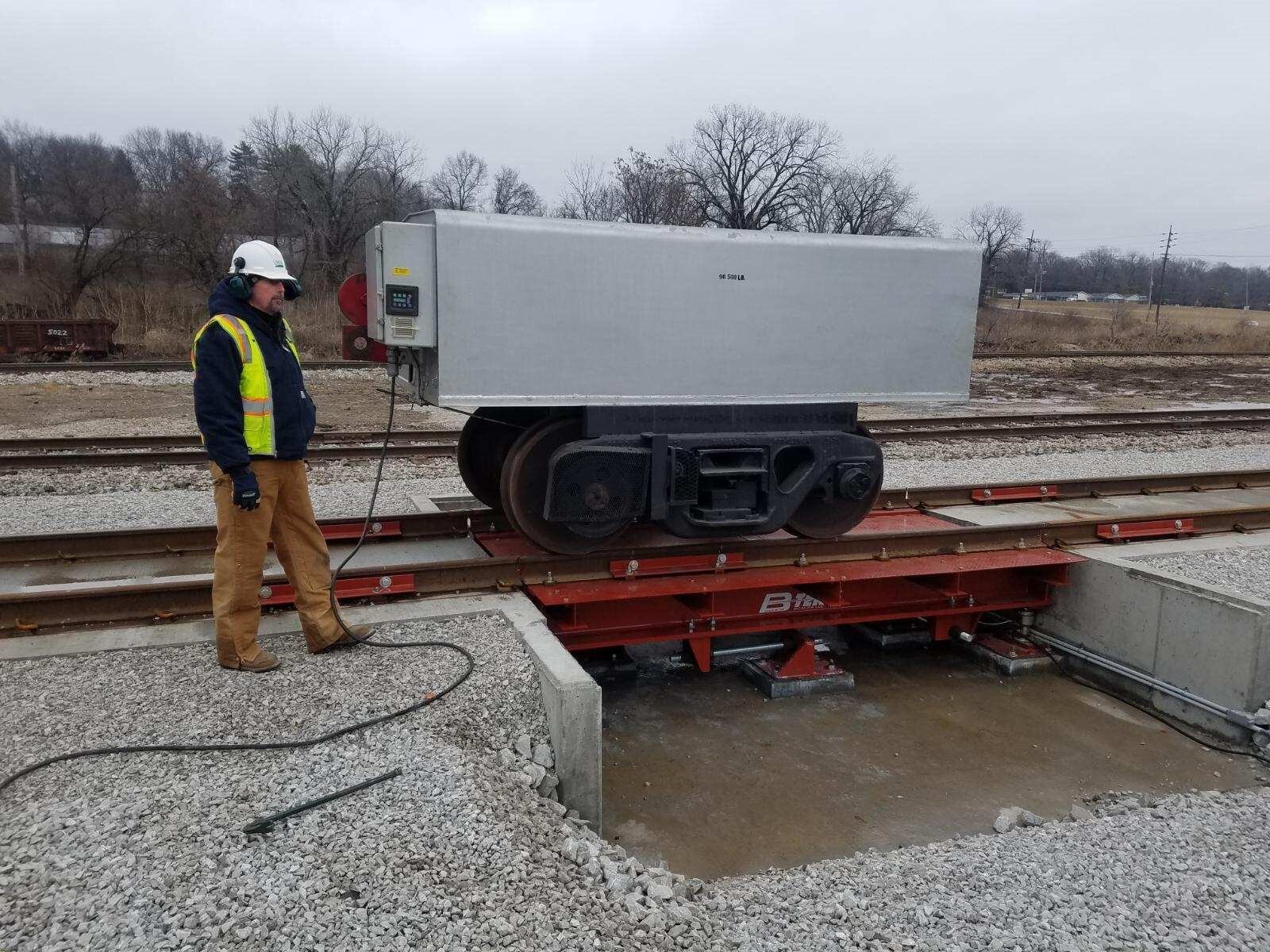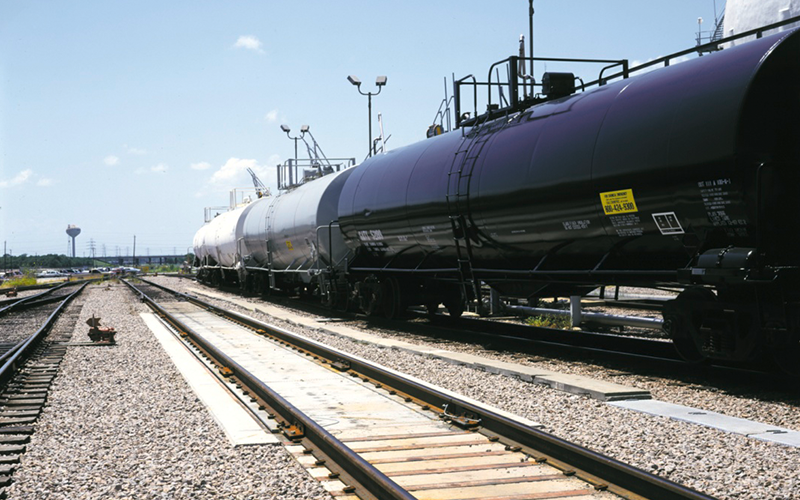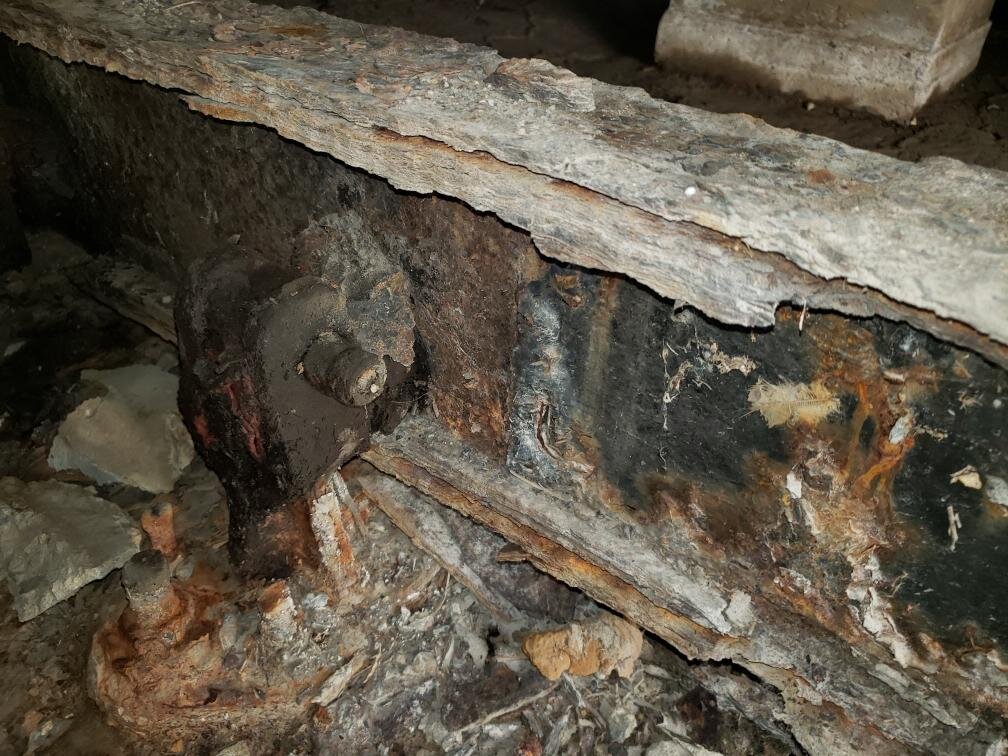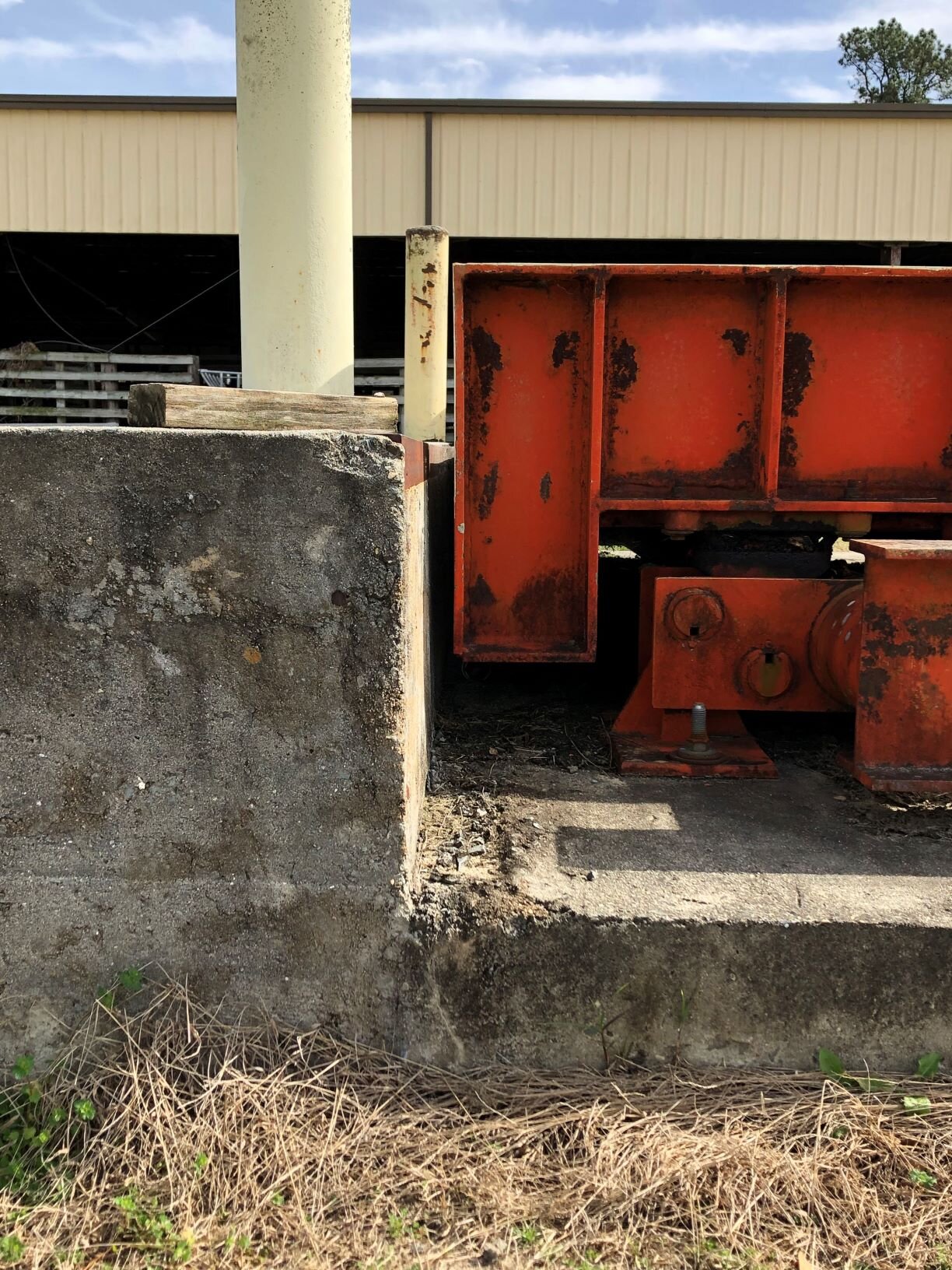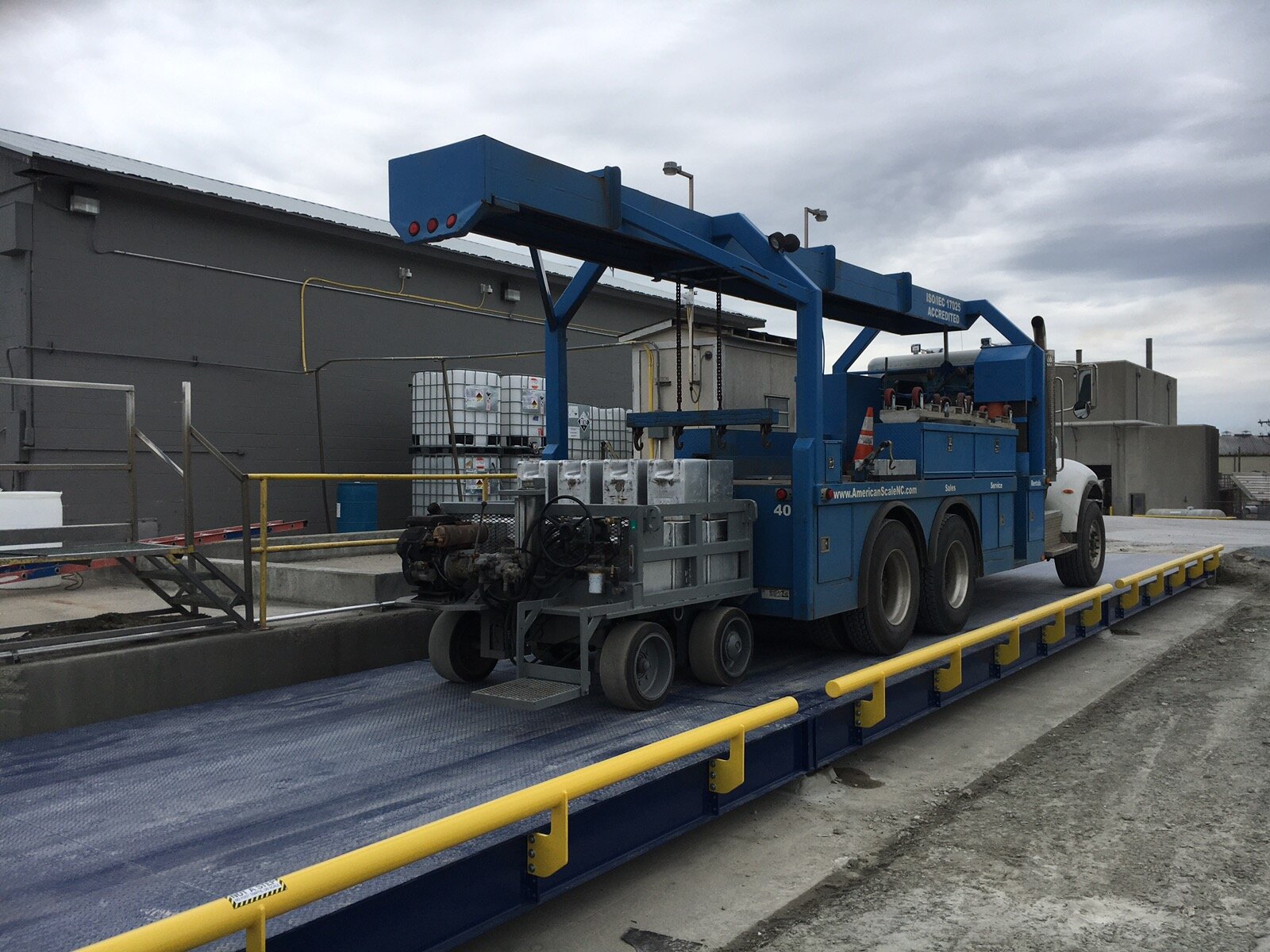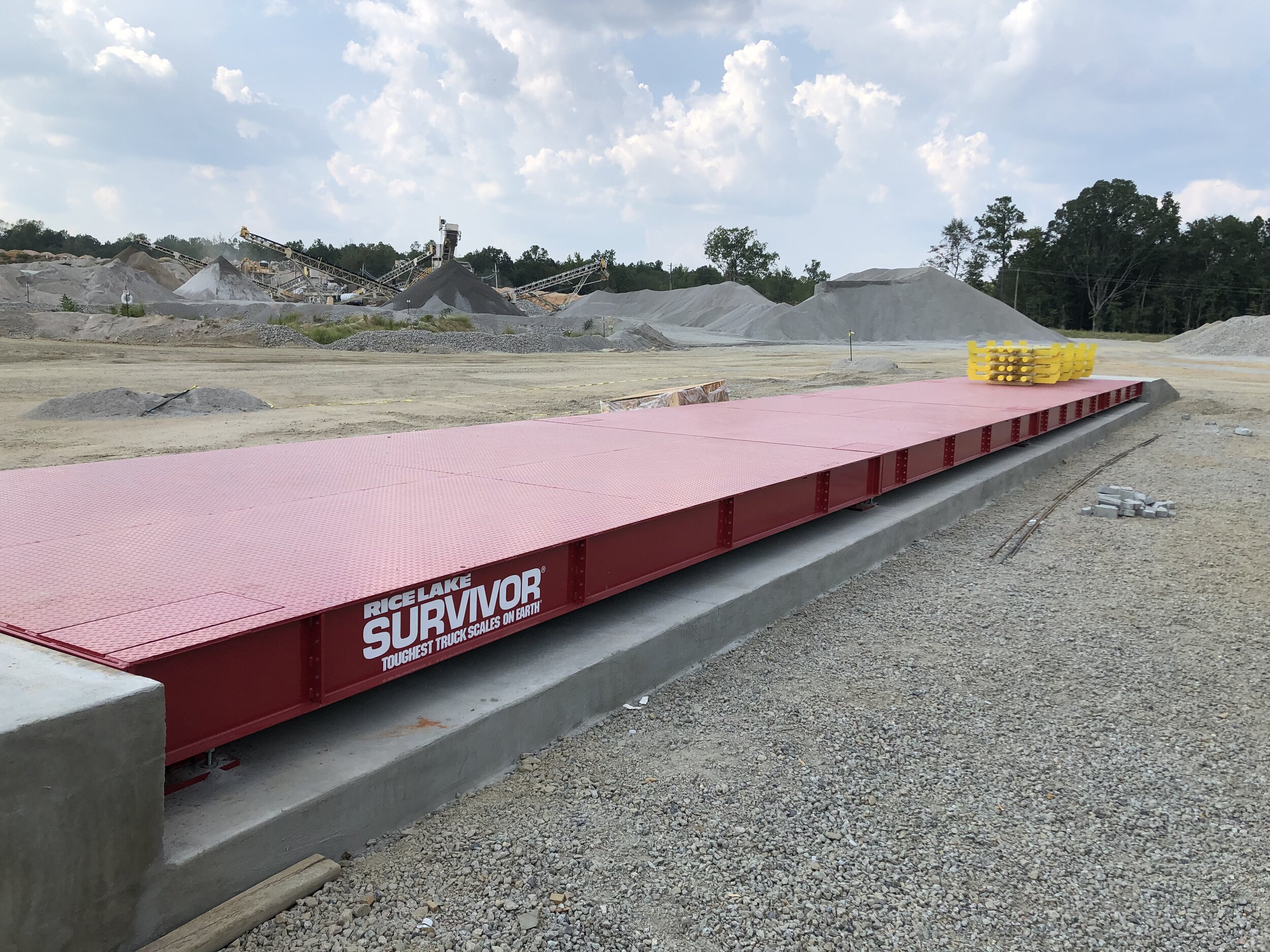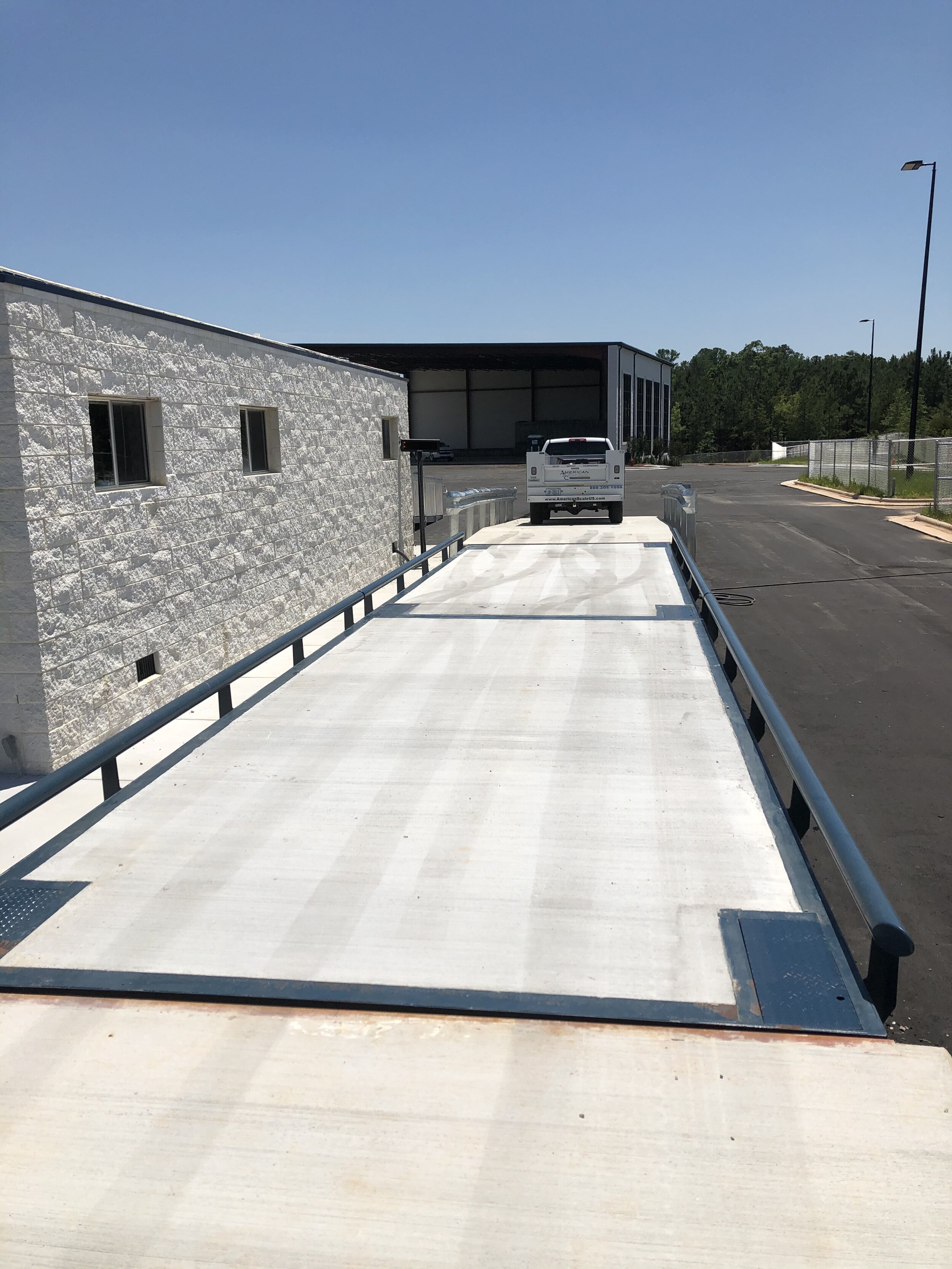What’s The LifeSpan of A Truck SCale
Just like any piece of equipment or machinery, truck scales will eventually hit their end of useful life and need replacement. Like most equipment a truck scale life span can vary greatly based on a number of key factors. That being said, most truck scales should have at least a 20 year lifespan on average. The key factors that will drive the lifespan of your truck scale up or down are below:
1) Did You Buy a Quality Truck Scale?
The first step to ensuring a long-lasting truck scale is to buy a quality one from the beginning. This means buying a brand named scale that is manufactured in the USA. Key factors to look for include the amount of steel in the scale, the type and quantity of loadcells, and the warranty. There are many top quality truck scale brands to choose from including B-Tek, Rice Lake, Emery Winslow, Fairbanks, and Cardinal. Starting with a truck scale from one of these manufacturers will ensure you have a high quality scale from the start. To learn more about the cost of a quality truck scale, checkout our blog post.
2) What Type Environment Is The Truck Scale In
Another key factor to truck scale lifecycle is the environment the scale is located in. This can be both the climate of where your scale is located or the materials that might be contacting the scale. In terms of climate, truck scales in the Northeast US will have issues with salt and corrosion from snow & ice, while truck scales in the southeast will have more issues with flooding and lightning strikes. The main issues the environment causes include rusting of the steel components whether the deck, base plates, or the i-beams. Beyond the local climate, the material that may contact the scale can also cause shorter life cycles. Truck scales that have contact with animal waste, chemicals, or any other acidic material will not last as long. These materials will slowly eat away at the metal components of the scale and cause deterioration. Bottom-line, the local climate and specific material contacting the scale will have a large impact on your truck scale’s length of service.
3) Did You Properly Maintain The Truck Scale?
Like any piece of machinery if you don't conduct preventive maintenance on it your truck scale will not last as long. Key preventative maintenance includes calibration, washing or cleaning the scale, adjusting any checking, and consistent inspections to look for potential emerging issues. Your scale service company is really your go-to group to make sure this is completed correctly. This is why we recommend a minimum of twice per year calibrations & inspections. Not only will it ensure your scale is weighing accurately, but any issues can be corrected before they become severe. Checkout our blog post on the main reasons to have your truck scale frequently calibrated & serviced.
4) Number of vehicles Using The Truck Scale?
The final key factor is how heavily is the truck scale being used. The more trucks crossing the scale daily the quicker the scale will wear out. Luckily, high quality truck scales today can still last 20+ years weighing hundreds of trucks per day. Also to consider is the speed at which the trucks enter and exit the scale. Trucks entering fast onto the scale or "dropping their clutch'' when on the scale place undue stress on the truck scale and shorten its life.
To learn about the truck scales American Scale offers, checkout our truck scales page.
